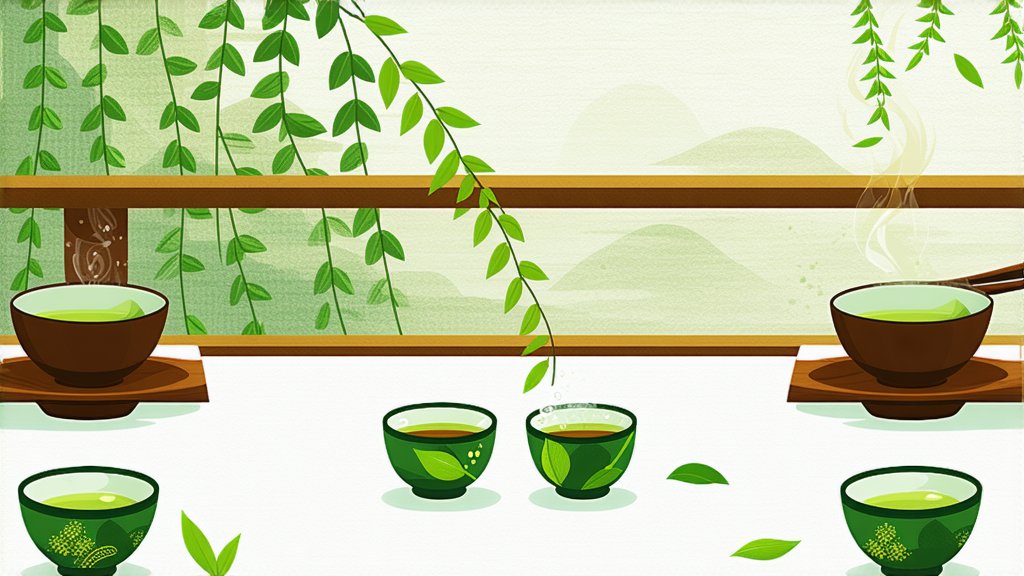
Longjing Tea, also known as Dragon Well Tea, is a renowned variety of Chinese green tea that hails from the Hangzhou region in Zhejiang Province. This prestigious tea has been celebrated for centuries not only for its exquisite flavor but also for its cultural significance and the meticulous craftsmanship involved in its production.
History of Longjing Tea
The history of Longjing Tea dates back to the Tang Dynasty (618-907 AD), but it was during the Song Dynasty (960-1279 AD) that the tea gained significant prominence. Legend has it that the tea was named by the famous Chinese Emperor Qianlong during his visit to the West Lake area. The tea leaves, resembling the scales of a dragon, and the well they were said to have been washed in, resembling a dragon's well, led to the name "Dragon Well Tea." Over the centuries, Longjing Tea has been a favorite among scholars, poets, and emperors alike, and its production has been refined to an art form.
Varieties of Longjing Tea
Longjing Tea is categorized into several grades, each with its unique characteristics. The highest grade, known as "Tian Xian," is considered the most precious and is often reserved for special occasions or as a gift for dignitaries. Other grades include "Wu Long," "Shi Long," and "Feng Huang," each with subtle differences in flavor and aroma. The variations are determined by factors such as the time of harvest, the part of the plant from which the leaves are plucked, and the specific techniques used in processing.
Craftsmanship of Longjing Tea
The production of Longjing Tea is a labor-intensive process that involves several key steps:
-
Picking: Only the top two leaves and a bud are plucked by hand, ensuring the tenderest and most flavorful part of the plant is used. This is typically done in the early morning when the dew is still on the leaves, as this is believed to enhance the tea's aroma.
-
Withering: The freshly picked leaves are spread out to wither, allowing them to lose some of their moisture and begin the oxidation process.
-
Kneading: This step involves gently揉捻 the leaves to break down the cell walls and release the natural juices. It is a delicate process that requires skill to avoid over-kneading, which could result in a bitter taste.
-
Pan-firing: This is a signature step in the production of Longjing Tea and is what gives it its characteristic flat, sword-like shape. The leaves are placed in a hot wok and are continuously stirred and tossed to prevent burning while evenly distributing the heat. This process also halts oxidation, preserving the green color and fresh flavor of the tea.
-
Drying: The final step involves drying the leaves to reduce their moisture content to a level that ensures longevity and prevents spoilage.
Tasting Longjing Tea
To fully appreciate the nuances of Longjing Tea, it is essential to follow a proper tasting ritual:
-
Preparation: Use a high-quality porcelain or glass teapot or cup. The water temperature should be around 75-85°C (167-185°F) to avoid scalding the delicate leaves.
-
Warming: Pour hot water into the teapot or cup and let it sit for a moment before discarding the water. This warms the vessel and helps to release the tea's aroma when the leaves are added.
-
Steeping: Place approximately 3 grams of Longjing Tea leaves into the teapot or cup. Pour the warmed water over the leaves, allowing them to steep for 2-3 minutes.
-
Savoring: Once steeped, pour the tea into small cups and savor its aroma before taking a sip. The flavor of Longjing Tea is known for its freshness, sweetness, and a slight chestnut-like aroma. The aftertaste is clean and lingering.
-
Multiple Infusions: Longjing Tea can be infused multiple times, with each infusion revealing different aspects of the tea's character. The second and third infusions often yield the most balanced and flavorful cups.
Cultural Significance
Longjing Tea is more than just a beverage; it is a symbol of Chinese culture and hospitality. It is often served during special occasions, such as the Chinese New Year, and is a staple in traditional Chinese tea ceremonies. The process of preparing and drinking Longjing Tea is a meditative practice that encourages mindfulness and reflection.
In conclusion, Long